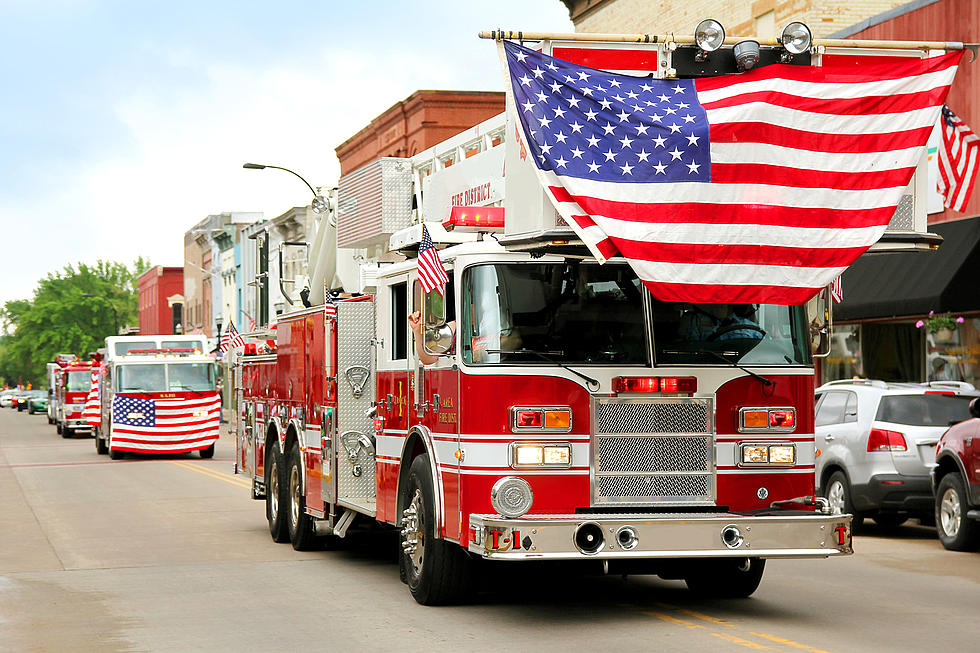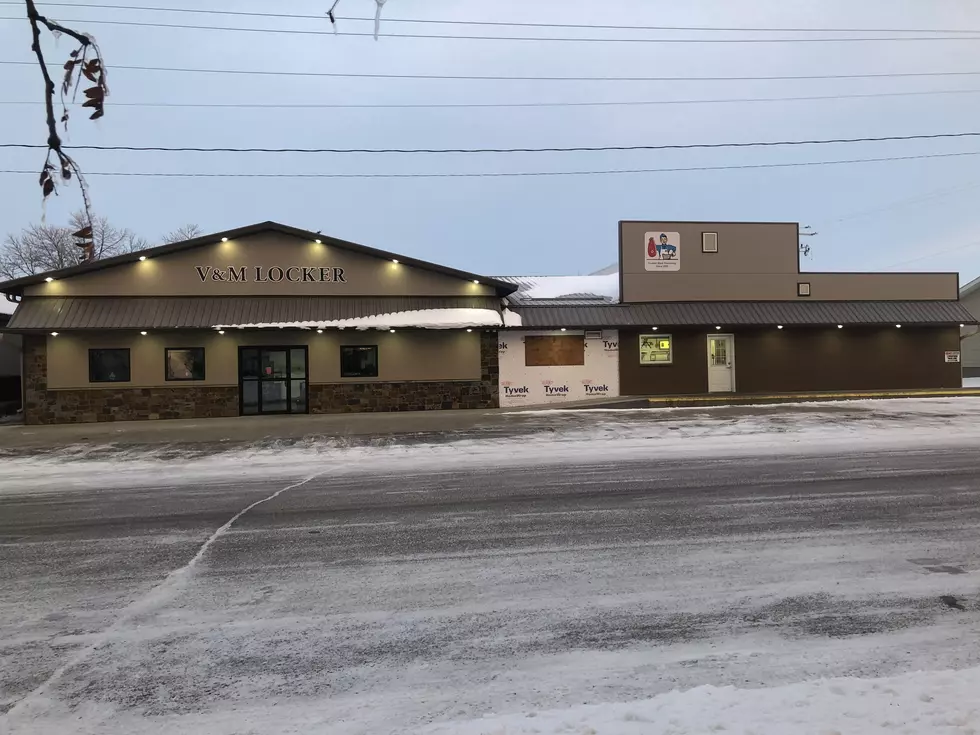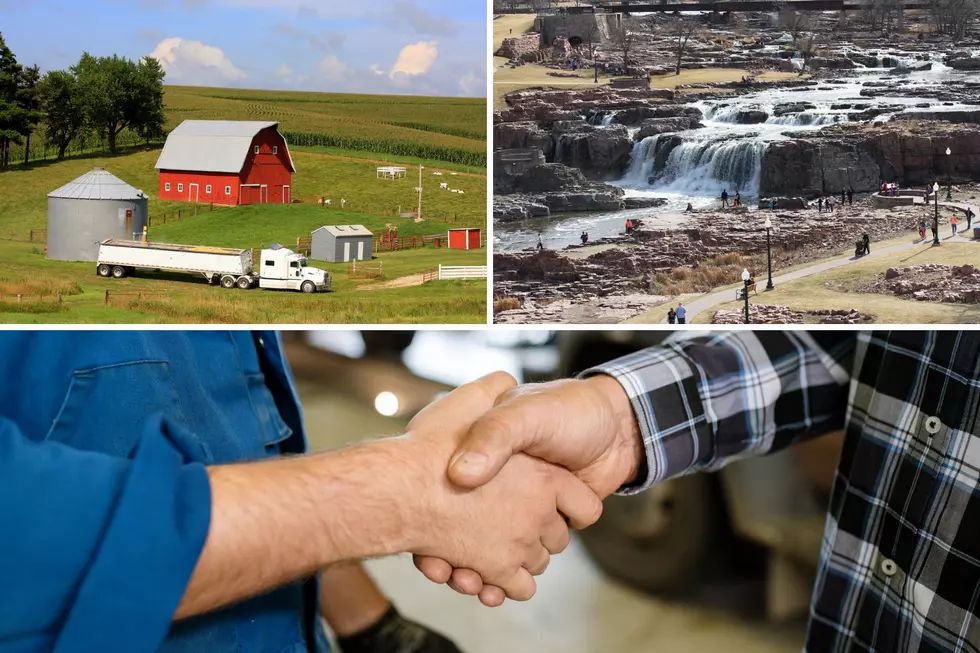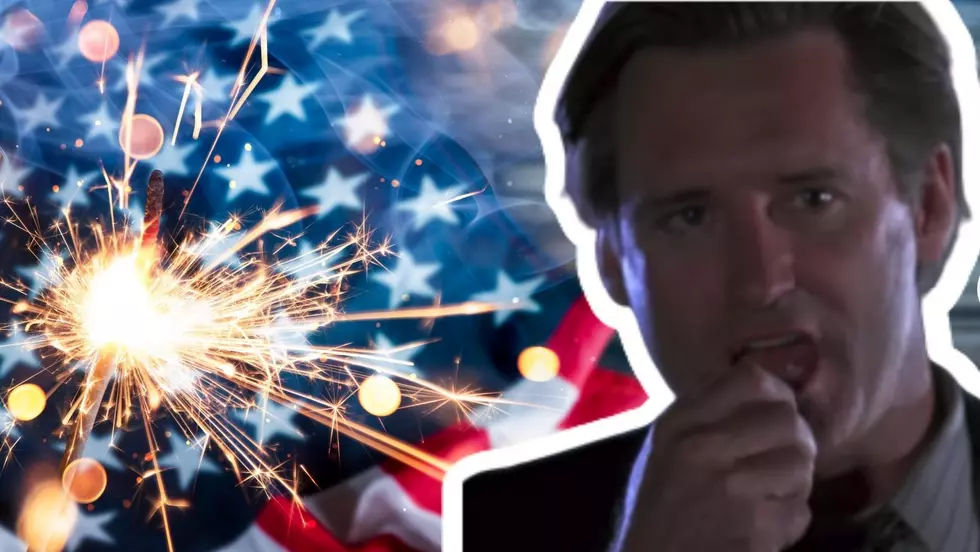
An American Tradition: The Small Town Summer Celebration
Many small towns across America have that one day of the year where they grow. I mean, they really grow.
For many, it's an ethnic celebration. Perhaps celebrating your Italian roots, Czech roots, German or French, Hispanic or Russian. Or maybe it's Dutch like they do in the town where I went to High School, Edgerton, Minnesota.
Or it might be the 4th of July. Independence Day.

That was the day for Leota, Minnesota back in those long-ago years when I was growing up. For at least one day, one 24 hour period, this quiet (some might call it sleepy) southwestern Minnesota community would grow. And grow. And grow some more.
There were maybe, I don't know, a few hundred people living in Leota back in 'the olden days'. It was like so many of those great small towns dotting our country from coast to coast. Essentially 3 streets back then, with the county highway serving as main street. I suppose nothing much happened there, at least not much that would interest anyone outside the area.
But there was the Leota 4th of July.
That was the day when everyone...everyone!...would come back home, bringing family and friends and the town would swell. There would be 2 parades, one in the morning at 9:30 and one in the evening at 7. And what a parade it would be!
First, though, there would be a fast-pitch softball game in the morning, so we had to get there early. The Leota town team would play a neighboring team (maybe Edgerton, Chandler, Woodstock) and we'd all gather at the ball field. Then we'd make our way to Main Street (it was only a couple blocks) and you would see it. All up and down the street, lawn chairs, blankets on the ground, people sitting on the hoods of cars, standing, leaning, visiting.
And waiting. The parade was about to begin. Back then, there might be a dozen or more floats, built by neighbors in town and my neighbors from the small farms that dotted the miles around the town. Always built around a theme, they would pass by, float after float, all to great applause. They would be judged and we'd find out at this evening's parade who was first, second, third.
And so much more. There would be a half dozen high school bands (yep, the High School bands traveled to the small town parades back all those years ago), old tractors, old cars, horses, clowns throwing candy to the kids along the street. The Shriners from Worthington with their mini-cycles, the Blowhards from Jasper were there and...well, blowing hard.
After the parade, the 2 churches in town would have their 2 food stands along Main and we'd all have barbecues, chips, pop, homemade pie. Pete Beukelman would have his kids' games in the tree area close to the two-room schoolhouse and there would be a speaker and music at the ballpark. Some of the adults might stretch out on the lawn, napping. The kids? Not so much. Firecrackers would be heard and while fireworks were illegal in Minnesota, well, the statute of limitations must be passed by now.
The 2nd parade at 7 that evening (a bit smaller) and then another softball game. Then the finale, the fireworks display at the ball diamond. 'Ooohs and aaahs' all around.
I didn't realize it then of course, as a young boy. But that day was the pure definition of 'Americana'. I didn't know it, but that very same thing, with a few variations, a few additions or subtractions, was going on in thousands of small towns all across the United States. It might not have been on the 4th of July, but it was on a special day or days for that special small town. What was actually happening was people, without saying it out loud, saying 'I am so proud to be your neighbor, so proud to be in this community'. What we did wasn't the celebration. What we were, who we were. That was the celebration.
Many of the small communities have become, well, smaller. The celebrations aren't as big now and many have disappeared altogether. Many of the kids grew up and moved away, had families of their own, and started new traditions.
But every once in a while, when it's quiet...I can see that float pass by, that man proudly holding the American Flag on that horse, that high school band marching along that street.
I can see that clown with the big red nose riding that bouncy bike, throwing candy. I think I'll go get myself a piece.
Randy's Minnesota Memories
Here Are The 7 Remaining Drive-In Theaters In South Dakota
10 Smallest Towns in South Dakota
More From KXRB









